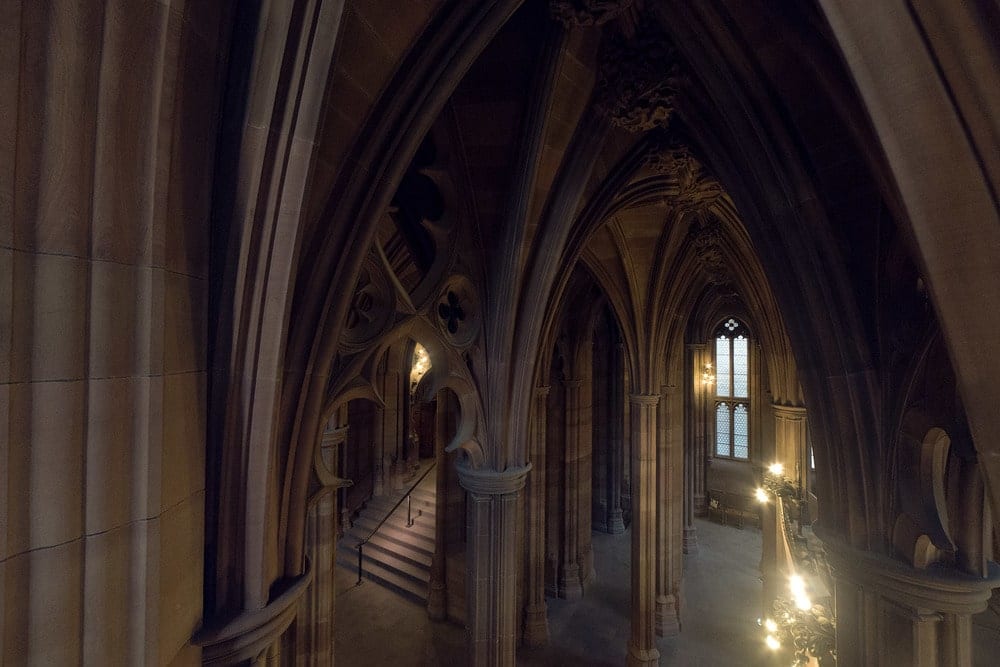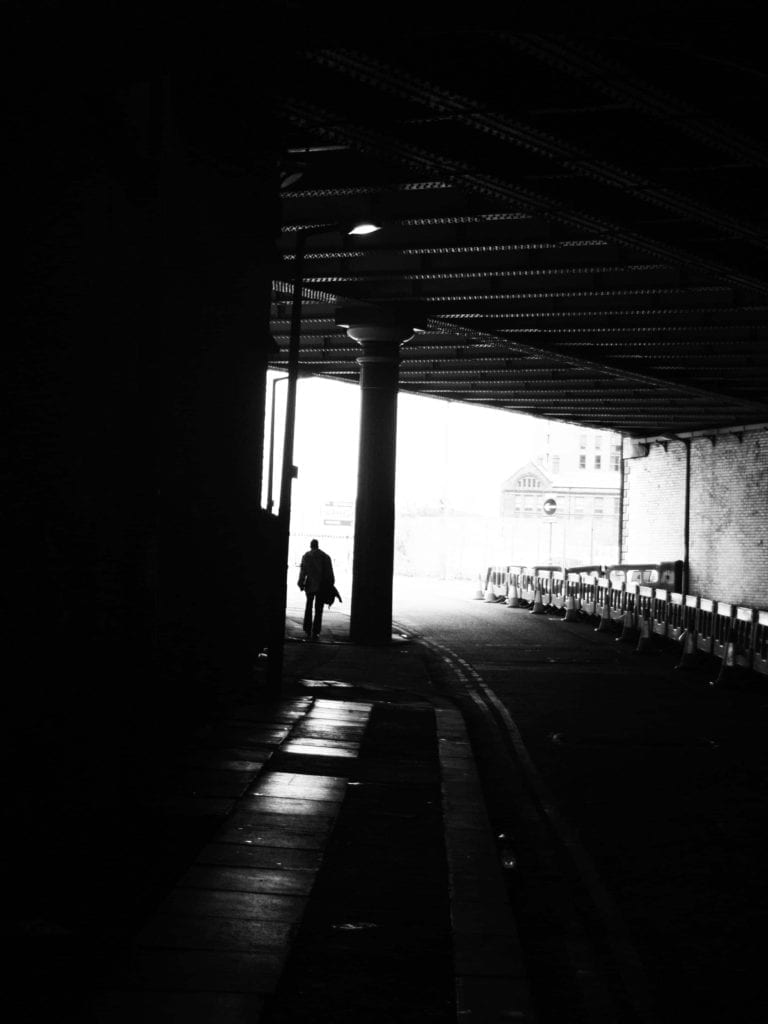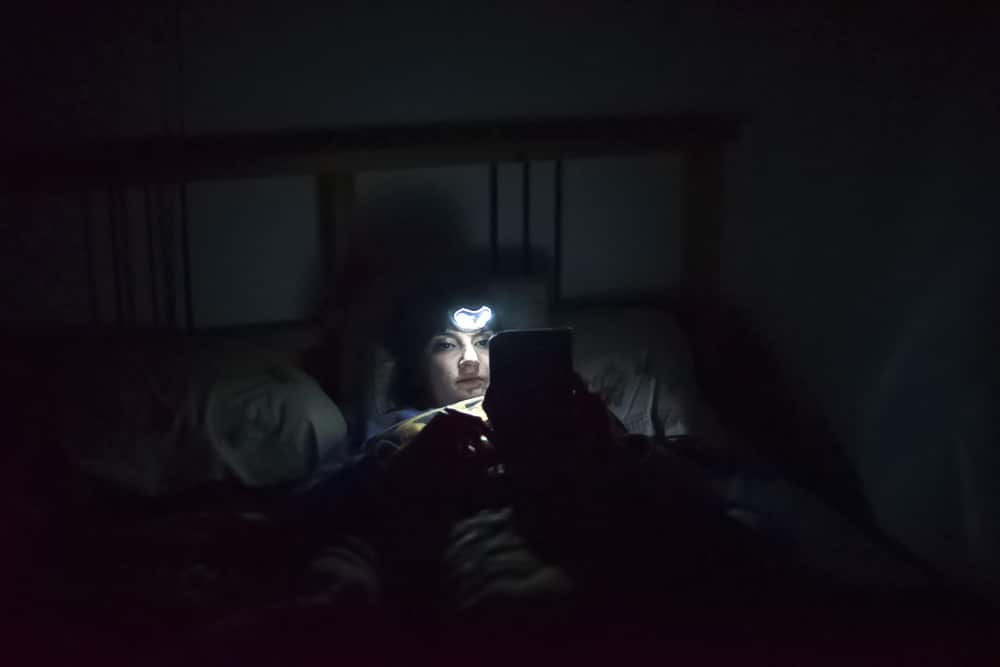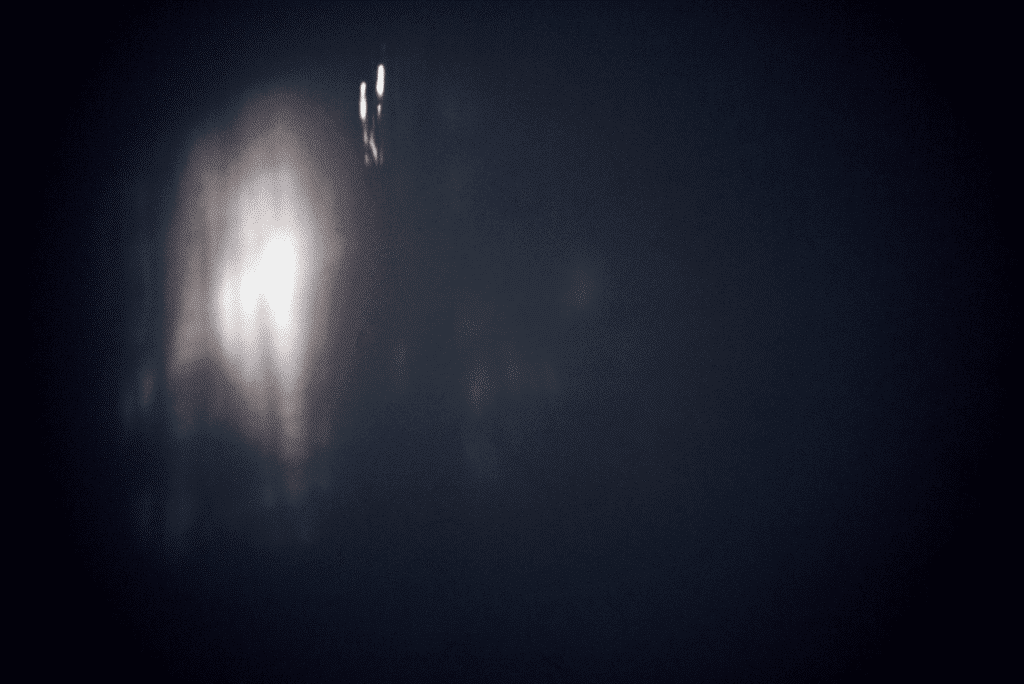It has to be said, that light is photography’s best friend, but what about embracing the darkness in photography? An array of bright light means a quick and stress-free way of photographing from concept to completion.
Whether it’s in the studio, at a wedding or out on the street, the abundance of light makes for generally easy shooting. But this isn’t to say that darkness or lack of light isn’t just as important.
This month, we’re looking at shooting in the dark, or more importantly, shooting in darker conditions. This could be a situation in broad daylight where the natural light is limited, a moody or tonally challenging scene or even total, complete darkness.
The reason I’m bringing this up is that it is too easy for us to instantly think ‘long exposure’ when we think of shooting a scene with limited light. We think of star trails, smoky water, or ghostly figures moving through the frame. We think of having much more time to be creative and set up on a scale that will make the National Geographic proud!
But it doesn’t always have to be long exposures and star trails. In this months article, we’re going to look at a few different ways that you can truly embrace the darkness, without having to find the nearest waterfall or wait for the next ice-cold clear night to venture out into.
Seeking out Darkness
Sometimes darkness lurks around every corner and interacts with light in the most beautiful of ways, but we won’t pay any attention because we’re so fixated on a light source of some kind. Tonal shifts and darkness can add depths to your images that you didn’t know existed before and it’s just a matter of seeking it out wherever and whenever you’re shooting.
If you’re out shooting street photography on a sunny day for example (and especially in cities or built up areas), you will find that wherever there is vivid light, there is darkness in the form of a shadow. This not only makes for very striking formal tonal compositions, but it can also be exploited and flipped on its head, so that your frame is mostly shadow and darkness, with light in the minority.
If the majority of your frame is dark, then don’t be afraid to use a little exposure compensation. We are often too worried by the word ‘overexposed’, but there is such a thing as controlled overexposure and when used correctly and subtle, it can produce glow and bleed that takes the edge off an image that contains too much solid black.
Make a Judgement Call
I say this time and time again, but sometimes we need to make a snap decision about what it is we want to be shooting and the more we shoot, the more accustomed we come to realising what sort of outcome we want. It may be that you want a better exposure in the scene you’re shooting and so set up on a tripod – knowing full well that the shutter will be longer than you need for a handheld shot.
It could be that you want to make sure that shutter is faster than usual to encourage deeper tonal ranges and atmosphere.
The first call to make is to look at your scene, pin point what it is that interests you about that scene and to then start making judgement calls based on what sort of image you want to be shooting before editing. This is something that can vary not just between subjects but between how you feel on the day and what kind of creative intentions spring to mind, but it’s always good to have this point to hand before you go shooting like crazy and forgetting your context.
Shooting ‘darkness’ or darker scenes is a fantastic way of getting this judgement more honed and getting your eye to pick out the subtleties of changing light. Even when in a pitch black room, our eyes can adjust to eventually pick out these changes, so in theory, the same can be achieved with the camera.
Autofocus and Light Meter
Your autofocus and light meter can be a fantastic way to exploit the amount of light and dark in your image. The minute you engage your autofocus point, the light meter will read the light at that point and – depending on your metering mode too, of course – will determine the shutter accordingly, so that area is an appropriate exposure.
This is a great way of introducing lots of dark into your frame, simply by pinpointing the light in your image using a Single Point Autofocus Area. It also means that you don’t have to automatically adhere to the idea of a longer exposure just because you’re frame is too dark.
In the example below a single point was used to get a much faster shutter speed and bring the subject into a manageable exposure, enabling a crisp focus and a very different kind of final image!
Apertures!
Don’t be afraid to get your apertures wide! In darker situations, you stand a far greater chance of capturing mood and atmosphere, in all those beautiful deep tonal shifts if you have as much of that available light entering the lens as you can.
What you’ll usually find is that a faster shutter paired with a nice, wide aperture encourages some natural vignetting also. Though many photographers would swear against this in the realms of landscape photography, wide angle photography or any other type of imagery where line, shape and form are important, it can help if you’re exploring a more curious, ambiguous style of shooting.
Be Curious, Be Delicate.
I’ve said it before, and I’ll say it again; photography is not just science. It’s an art form and a very modern art form at that. You don’t need to follow the latest trends or replicate what you see on the newest Mac upgrade. You can be as blatant or as philosophic as you like and often, stripping away light from your scene, will force you to be more curious in this sense.
Early morning light filters through a crack in the curtains and onto the wall opposite, in the shot above. This is an image not shot to narrate the time of day or what the bedroom looks like, but only to evoke a feeling.
How do you feel when looking at it? Is it soothing, or unnerving? Warm or cold? Again, darkness consumes this image, but it’s released eventually by the streak of subtle light and haze of blue happening around those jet black edges of the frame.
Curiosity, mixed with that judgement call we touched on above, happened in unison here to create a very painterly image, where darker tones seem warm and enveloping.
So there we have it. A slight insight into how you might decide to make darkness work for you.
Not a student yet? Enrol on a photography course today and start your new career path with IOP.




